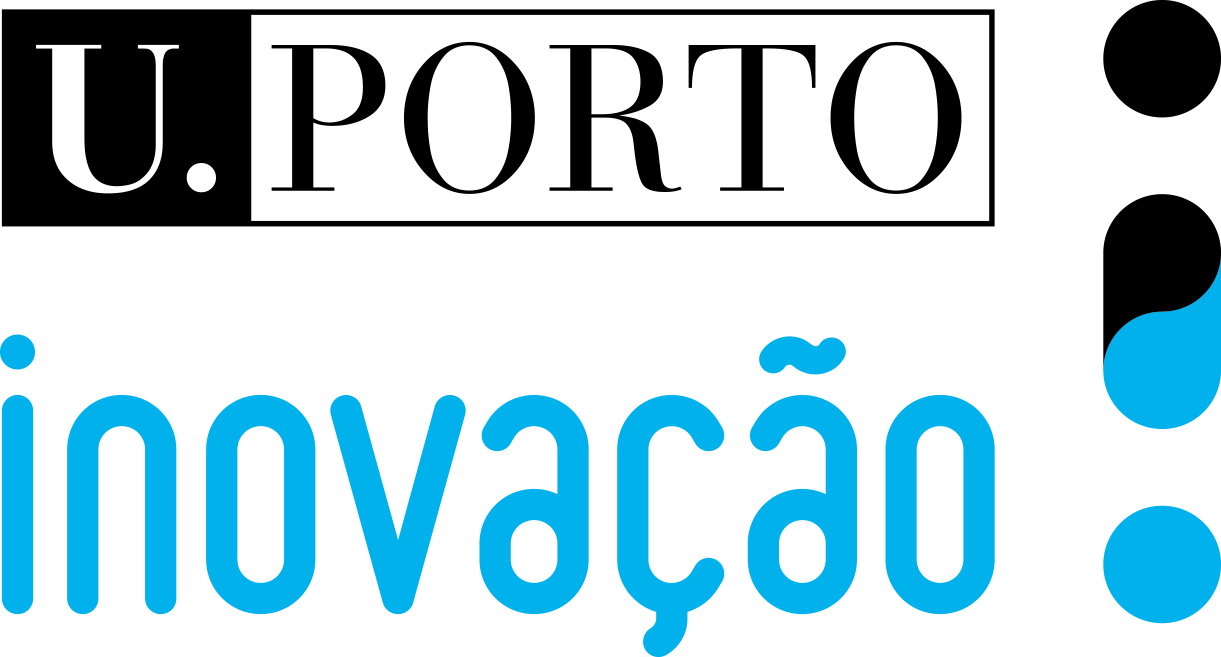
The present application describes the synthesis and biological applications of new vitamin D analogues based on the C-to-Si exchange in the side chain, along with several groups at the Si atom, such as alkyl, hydrogen, or hydroxyl. It is focused on i) 1,25D derivatives, ii) procedures for obtaining them, iii) their intermediates, and iv) their pharmacological applications. The new analogues can be used to develop new drugs with antitumor action or with action on other diseases by acting on the VDR receptor (psoriasis, Alzheimer's, osteoporosis, diabetes, hypertension, low immunity, rickets) with low or negligible toxic calcemic side effects.
The main metabolite of vitamin D3, 25-hydroxyvitamin D3, is hydroxylated at c-1 in the kidneys to produce the physiologically active form 1,25D (calcitriol). This natural hormone has a wide range of functions, including mineral homeostasis (calcium and phosphorous metabolism) and various antiproliferative, pro-differentiative, and immunomodulatory properties. The clinical dose of 1,25D is responsible for calcemic side effects.
The new analogues have a similar cell differentiation in comparison with 1,25D with diminished or non-calcemic side effects. One of the analogues is responsible for significantly increasing the weight of the animals which may suggest an increase in bone density. It was observed a slower proliferation rate of tumoral cells and a great ability to activate target genes of 1,25D for all analogues and 1,25D in comparison with the control.
Drugs - Prophylactic and/or therapeutic agent for vitamin D receptor-related diseases; Supplements - Prophylactic agent for vitamin D receptor-related diseases






